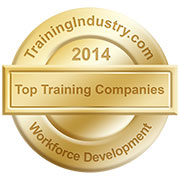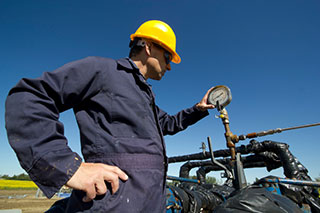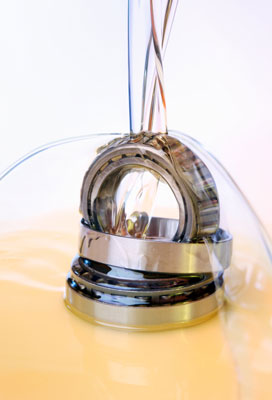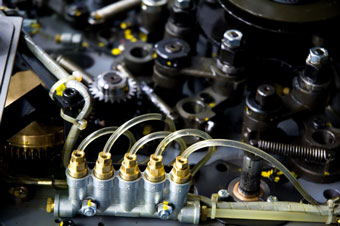Control and Anticipate Changes
Patrick White2014-09-09T14:04:45-04:00A PID controller combines the proportional response to a change while eliminating the offset error. It anticipates changes by measuring the initial rate of change for accurate control. Setting up a PID controller or tuning to a process loop is a little more involved than simpler controllers. Proportional plus reset plus rate controllers combine proportional [...]







